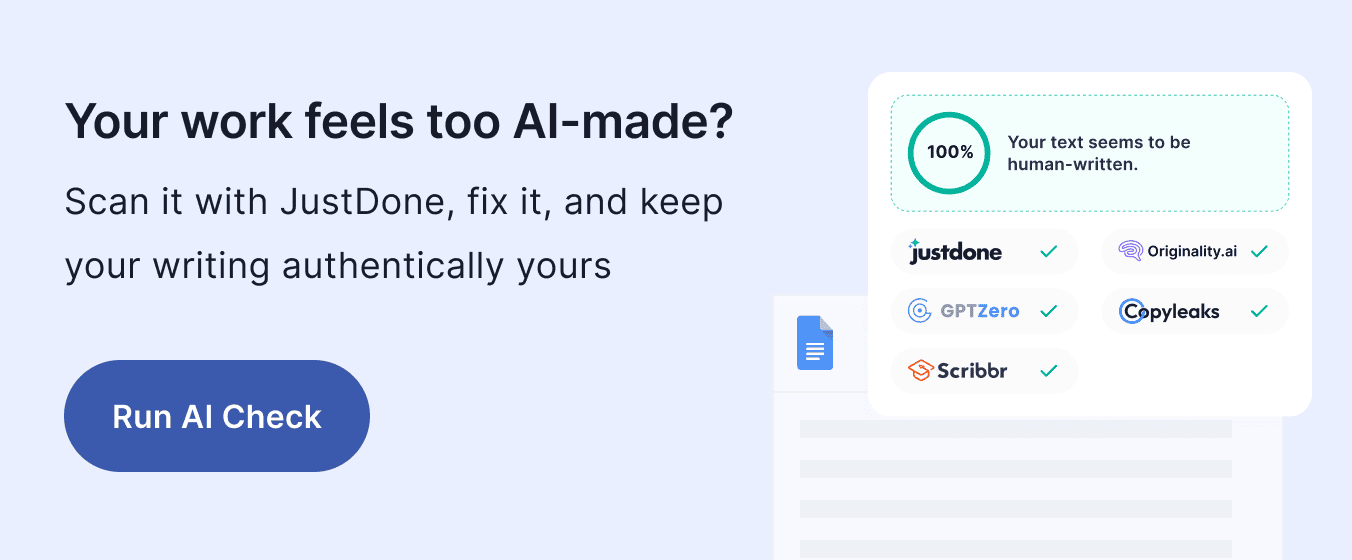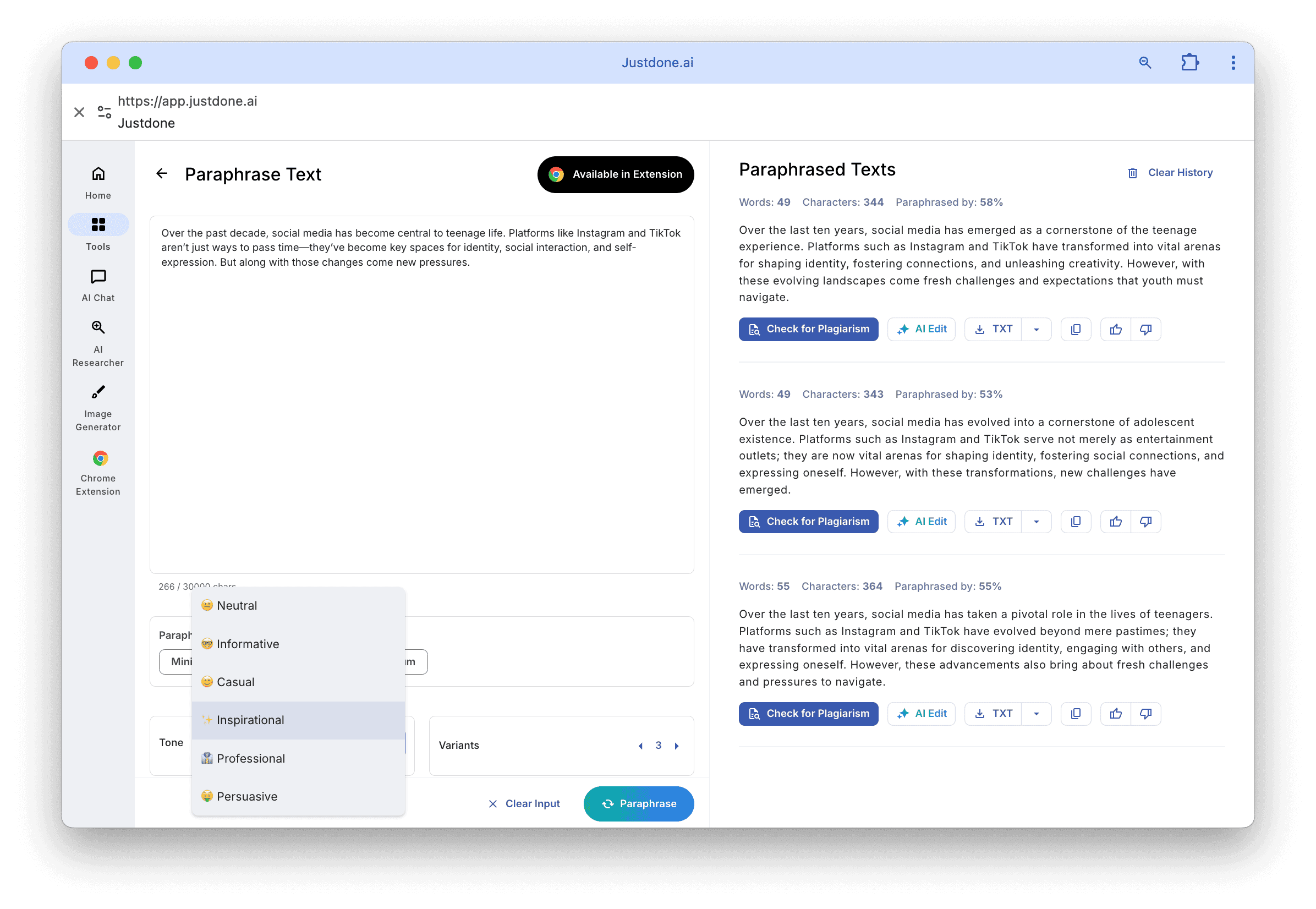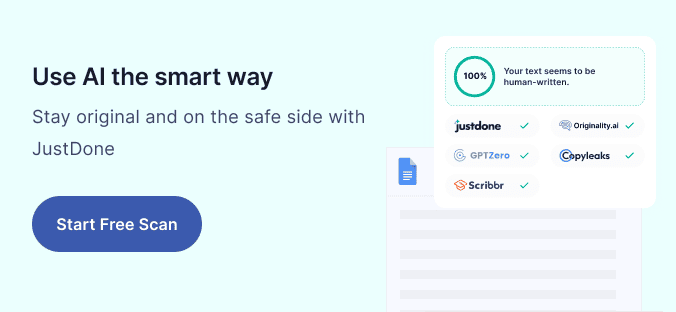The first paragraph of an essay can feel much like walking on stage to speak and having the entire room stare back at you in silence. What do you say first? How do you pull everyone in? How do you ensure that your audience — or your professor — want to continue reading? In this guide, you'll learn the best way to write your opening paragraph, so you can grab your readers' attention and make them eager to read on.
What is Introduction?
The opening paragraph is the handshake of your writing. It is the first words of your work, so Introduction should be confident, clear, and engaging. From our experience alongside students, we’ve found that the most effective introductions all share a few simple, powerful qualities. Before you start writing, ask yourself: "What kind of introduction should I craft to make me want to read the story to the end?"
Will long, confusing, jargon-filled first sentences make you want to read the work to the end? Or what about a problem or story that has nothing to do with you? Probably not a good Intro, right?
Reading an Introduction paragraph, you want to learn something new, unique, fresh, interesting. You want to hear about yourself and your problems. You want to change your life with the information you receive. And so does your audience. Here’s how to craft an effective opening, with practical tips you can start using today.
How to Write an Introduction with a Hook
Everyone online tells you to “start with a hook.” But most people misunderstand what that means. A hook isn’t just a dramatic fact or a jaw-dropping quote. It’s not about tricking your reader into paying attention. It’s about softly pulling them in, like offering a chair and saying, Hey, sit down, this is going to be interesting.
The best hooks are the ones that connect directly to your essay’s topic without feeling like a random attention grab. If you’re writing about environmental issues, don’t start with "Since the dawn of time..." unless you’re actually about to give a historical account. That kind of cliché is like stale popcorn at a movie theater. Moreover, such kind of introduction might be easily detected by AI checkers, so be attentive to your writing. You can do better and you should, because your reader deserves better.

So how do you write a good hook?
Let me share a few examples and hacks I’ve seen work in real student writing. Imagine you’re writing about the role of stories in human culture. You could start with:
"Imagine a world without stories: no novels, no movies, no bedtime tales. How would we even explain who we are?"
This kind of hook is effective because it does two things at once. It sparks curiosity and directly relates to the essay topic. It doesn’t wander off on a philosophical tangent that never returns.
Another option is to start with a rhetorical question, like:
"What is more important in life: love or money?"
This immediately engages the reader because it forces them to think about their own answer before they’ve even read your thesis.
If you’re writing about something scientific, you might want to use a surprising fact. For example:
"Although water covers 70% of the Earth’s surface, only 1% of it is drinkable and about 30% of people in the world lack easy access to clean water."
That’s not just a statistic; it’s a shocking reality that sets up the urgency of your essay.
One more technique I recommend is directly addressing the reader, like this:
"If you believe in miracles, you’re already halfway to making one happen."
And yes, you can use a quotation as a hook. That’s a classic move for a reason, as long as the quote is actually meaningful and fits your topic. For example:
"I owe my life to my parents, but my good life to my teacher," said Alexander the Great.
But here’s a piece of advice most teachers forget to mention: Make sure your hook is surprising or meaningful for your audience. What’s shocking to one group might be old news to another. Know who you’re writing for, and pick your hook accordingly.
If you ever get stuck brainstorming hook ideas, don’t be afraid to use AI to help. Tools like JustDone’s Paragraph Generator can give you creative starting points or fresh angles you might not have thought of. It’s like having a writing buddy who’s always ready to bounce ideas back at you.
How to Write an Introduction That Frames Context Clearly
Once you’ve got your hook, the next step is setting the stage. Your introduction needs to give just enough background so your reader isn’t lost—but not so much that they get bored. This is where a lot of students get stuck. They either throw in a mini history lesson or jump straight into the thesis without helping the reader understand why the topic matters.
Think of this part like a movie opening. You’ve set the scene with your hook, now you’re zooming out a little to explain where we are, who’s involved, and why the story matters.
For example, if you’re writing about the effect of social media on teenagers, your context might look something like this:
"Over the past decade, social media has become central to teenage life. Platforms like Instagram and TikTok aren’t just ways to pass time—they’ve become key spaces for identity, social interaction, and self-expression. But along with those changes come new pressures."
Notice how that paragraph gives the reader a frame? It introduces the topic without drowning in details. That’s the goal of context: set the scene, but don’t write the whole movie in your intro.

If you’re wondering how much context is enough, ask yourself: Would my reader understand why this essay matters if they started reading right now? If the answer is no, add another line or two of background. If the answer is yes, you’re good to move on.
How to Narrow Your Introduction to a Clear Focus
Here’s one of the most common mistakes I see: introductions that stay too broad. They start with a hook, give some background, and then… just kind of wander.
What you actually want is to gradually narrow the focus of your introduction, moving from the general topic to the very specific point you’re about to argue or explain. Think of it like a funnel. Start wide, then zoom in.
Each sentence should guide your reader closer to your thesis. No abrupt jumps. No wild detours. Your intro should feel like a conversation where the person listening is nodding along, thinking, Yep, makes sense, tell me more.
For example, let’s go back to the social media topic. You could narrow the focus like this:
"While social media offers new ways to connect, it has also dramatically reshaped how teenagers see themselves. Research shows that constant comparison to curated online personas often leads to anxiety, lower self-esteem, and difficulty with in-person communication."
That last sentence is setting up exactly where your essay is going. You’re not writing a general piece about "social media." You’re writing about how it affects teenagers’ self-image and communication skills. That’s focus.
How to End Your Introduction with a Strong Thesis Statement (The Part That Matters Most)
At the end of the day, your thesis is the reason your introduction exists. It’s the promise you’re making to your reader about what the essay will do.
A weak thesis sounds like this:
"Social media affects teenagers."
That’s true, but it’s so vague that it doesn’t give your essay any direction.
A stronger thesis is:
"Social media platforms like Instagram and TikTok have significantly reshaped teenagers’ self-image, often leading to increased anxiety and decreased face-to-face communication skills."
Now you’ve got something specific. You’ve told the reader exactly what you’re going to argue, and they can follow along knowing where you’re headed.
When I teach writing, I tell students to imagine someone reading their thesis and saying, Hmm, I’m not sure I agree with that. That’s a good sign. It means you’ve made a claim, not just a statement of fact. A thesis should invite discussion, not end it.
How to Use AI Tools Like JustDone to Write Introductions Smarter
One last thing before you start drafting: don’t be afraid to use AI tools to help you brainstorm and refine your introduction. JustDone’s AI assistant can generate sample hooks, suggest rephrasings, and even check your transitions to make sure your intro flows smoothly.

Besides, you may use AI paraphraser to make your draft more polished and interesting for the reader or get rid of plagiarism.
But here’s the key: Use AI as a collaborator, not a crutch. Let it give you ideas, but always rewrite in your own voice. Your writing should sound like you, not a machine.
Think of AI tools as your writing coach: ready to help, but never doing the work for you.
Final Thoughts: How to Write an Introduction That Connects
At the end of the day, writing an introduction is about connection. It’s not about ticking boxes or following rigid templates. It’s about helping your reader understand why your essay matters and inviting them to come along for the ride.
So next time you sit down to write, remember this flow: hook, context, focus, thesis. Use your tools wisely, ask for help when you need it, and don’t forget to revise until it feels right.